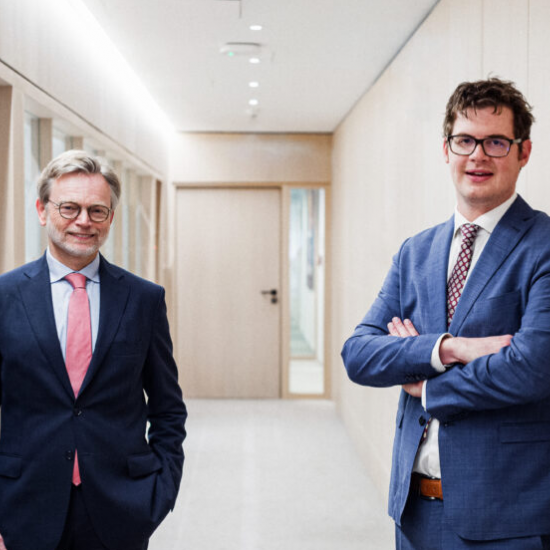
On 19 December 2023, the European Securities and Markets Authority, Esma, published its final report on the draft regulatory technical standards (Eltif 2.0 RTS) under Regulation 2023/606 (Eltif 2.0). Since Esma published its Consultation Paper, these have been the core focus of the discussion. This contribution sheds some light on the proposed “matchmaking mechanism” and offers some insights as to its impact on (closed-ended) Eltifs, if adopted in current form.
The Eltif 2.0 RTS have been heavily discussed in the past weeks. In particular, the proposed liquidity management tools have raised concerns in the market, as the proposed minimum standards with respect to liquidity pockets are clearly too restrictive and not in line at all with the current market and regulatory practice for (semi-) open-ended funds.
If this mentioned point will not be addressed accordingly, many market practitioners and sponsors fear that open-ended Eltifs will not be a viable option and managers will rather opt for the national products, such as the Part II UCI, only. However, in any event, we still see an opportunity for closed-ended retail Eltifs that would not need to comply with the Eltif 2.0 prescribed liquidity management tools that, apart from a (long) notice period, require, at least, one anti-dilution mechanism and redemption gates to be employed.
Matching possible for open-end and closed-end
Eltif 2.0 provides for a mechanism to allow investors to dispose of their shares in an Eltif before the end of the fund’s life on a “matched” secondary market basis to promote the secondary trading of Eltif units/shares. This mechanism is open for both closed-ended and open-ended Eltifs. Going forward, we see, based upon the principle-based approach in the Eltif 2.0 RTS, at least two ways in which closed-ended retail Eltifs could be viably structured on the basis of this mechanism.
The first viable solution would be to establish a closed-ended Eltif with a “matched secondary market” that would operate through a digital marketing pool with thousands of investors. The matching mechanism would work in a very simple manner: new investors indicate to the Eltif manager or the fund administrator on behalf of the Eltif manager their interest to invest. Conversely, investors willing to step out of the fund would indicate their interest in a selling notice and the price would be fixed based upon the NAV or a bid/ask mechanism.
By absence of a digital marketing pool that would generate sufficient (secondary market) liquidity opportunities for retail investors, fund promoters could establish periodic liquidity windows in which a sponsor-led or external affiliated secondaries fund could offer retail investors periodically to step out of the fund based upon the price fixed on the NAV.
Strict policies required
For this to effectively and fairly function, however, strict valuation and NAV calculation, as well as conflicts of interest policies/procedures need to be put in place. Layers of protection which make these solutions, in our view, viable is that the “matched secondary market mechanism” is required to be described in detail in the Eltif’s prospectus and fund documentation which are both subject to the review and approval of the responsible local regulator. Furthermore, Eltif managers and/or distributors, when performing a suitability test, would have the responsibility in taking into account the liquidity profile of the Eltif when retail investors invest in the product and to properly assess whether this matches their risk profile and appetite.
Albeit these both sound as viable solutions, none of these mechanisms have been “tried and tested” on a large scale. We will, thus, need to await how such mechanisms might eventually work in practice in a retail context.
Marc Meyers is co-managing partner of Loyens & Loeff Luxembourg and heads its investment management practice Group. Sebastiaan Hooghiemstra is a senior associate in the investment management practice group of Loyens & Loeff Luxembourg and senior fellow/guest lecturer of the International Center for Financial Law & Governance at the Erasmus University Rotterdam. The law firm is a knowledge partner of Investment Officer.
Related articles on Investment Officer:
- Eltif2 discussions cause slowdowns in new launches
- Eltif 2.0: Moonfare pioneers liquidity matching mechanism
- Eltif 2.0: Industry urges EC to adopt ‘correct’ standards




